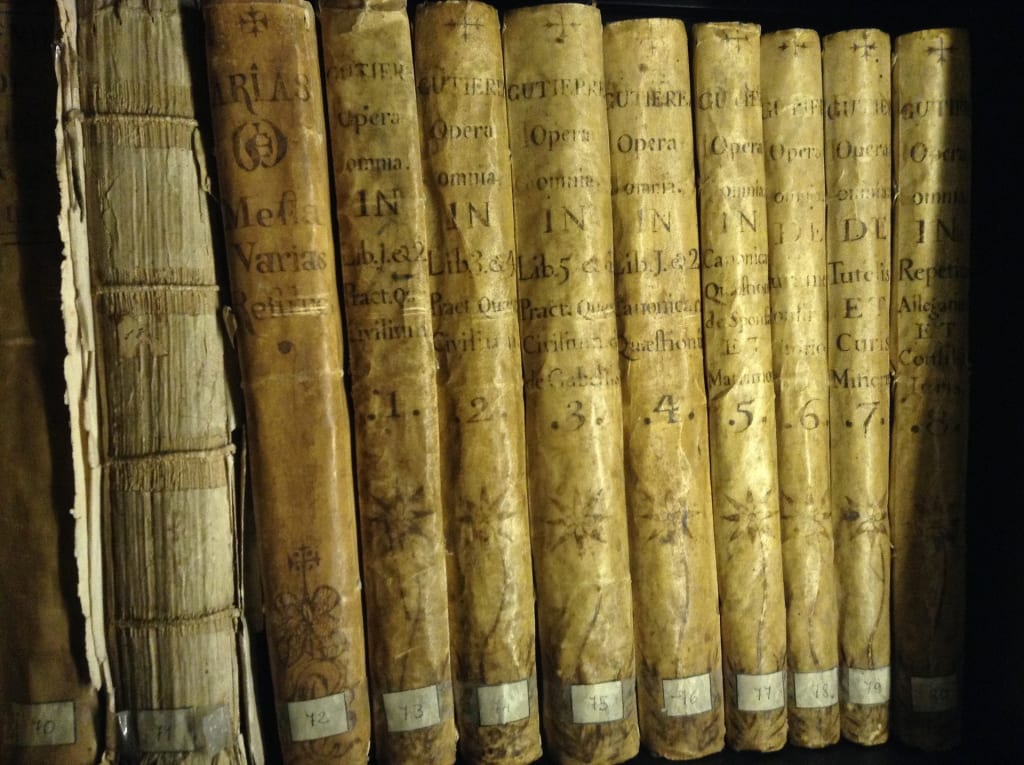How To Make 'Parchment' Paper Using Tea
A Handy Trick For Making Authentic-Looks Handouts

How many times have you wanted to give your players a physical treasure map, or copy of a crumpled note, as a prop to look at as a hook to get your them more involved in your campaign? If you're like most dungeon masters, you've probably had this urge fairly frequently. But then when you started looking up prices for parchment paper, you decided that your players didn't need authentic-looking props that badly.
If you want your handouts to have the aged, ragged look of old parchment, you don't need to break your budget. All you need is some tea, a cookie sheet, and a little bit of time.
First, prep your paper.
Choosing the right paper for this may take some trial and error. Because while modern printer paper is an obvious choice, it's often treated specifically to repel wetness and staining. If you have paper that's meant for watercolors, that makes for an ideal absorption. However, any rougher, untreated, non-glossy paper will probably do well enough.
Translation: the sort of paper you find in your average notebook, or sketchbook (though without the lines, if you can find it).
Once you've chosen your paper, you have two options. You can either draw your map (or write your letter) on it now, and let it dry, or wait until after it's been stained to do that. The advantage of the former is that your writing or drawing will look aged as well, but there's also a risk that the ink will smear and run. While that isn't a worry with the latter option, you may find that the stained paper doesn't take ink as well as the unstained paper does, forcing you to use options like a rollerball, or even a marker, instead of a standard ballpoint pen.
You should try it both ways to see which one works best for you.
Lastly, decide if you want the paper flat, or if you want it rumpled. If the latter, wad it up into a ball before flattening it out again.
Secondly, prepare your implements.
You should have a cookie sheet with a lip on it (to prevent any spilling), several tea bags, and two cups of water. Pour the two cups of water into a bowl, and bring it to a boil. Once the water is boiling, add between three and five tea bags. The more bags you add, the darker the stain will be. Let them steep in the water sometime between five and twenty minutes. Remember that hot tea tends to leave a light, orange stain whereas darker tea tends to be more brown.
If you are going to use the oven to dry your parchment, preheat it to the lowest possible setting (which will likely be 200 degrees, or so).
Thirdly, cake and bake.
Apply the tea to your paper. You can either blot the tea bags directly onto the paper, or you can slowly pour the tea onto the paper itself in small splashes. I would recommend using a spoon, or other small tool, for that method. You want minimal motion of the tea, as that will smear any ink already on the page. Apply the tea slowly, and make sure it covers the page without soaking it. You want it painted, but not sopping with tea. Remember, you can always add more.
Let the page set for five minutes or so. Soak up any excess tea by gently blotting it away. If you want to make the parchment look weathered, gently rub the edges to create small tears and splits.
At this point, you have two options. You can either put the cookie sheet in the oven to bake (which will take approximately five minutes, but you should remove the sheet when you see the edges starting to curl up), or you can let it air dry. If you choose the latter option, make sure you weight down the corners and edges so they don't curl up as the paper dries.
Let the adventure begin!
Whether you're making treasure maps, scrawling the mad ramblings of a possessed prophet, or drawing up a formal invitation to the ball, it's always nice to have a prop that wasn't just scrawled in a notebook, or printed off ten minutes before the session began. With a little practice and experimentation, this tactic will let you make all sorts of unusual props for your players to peruse.
For more tips, tricks, and cheap ways to improve your game, check out my blog Improved Initiative, or take a gander at the rest of my Gamers archive!
About the Creator
Neal Litherland
Neal Litherland is an author, freelance blogger, and RPG designer. A regular on the Chicago convention circuit, he works in a variety of genres.
Blog: Improved Initiative and The Literary Mercenary






Comments
There are no comments for this story
Be the first to respond and start the conversation.